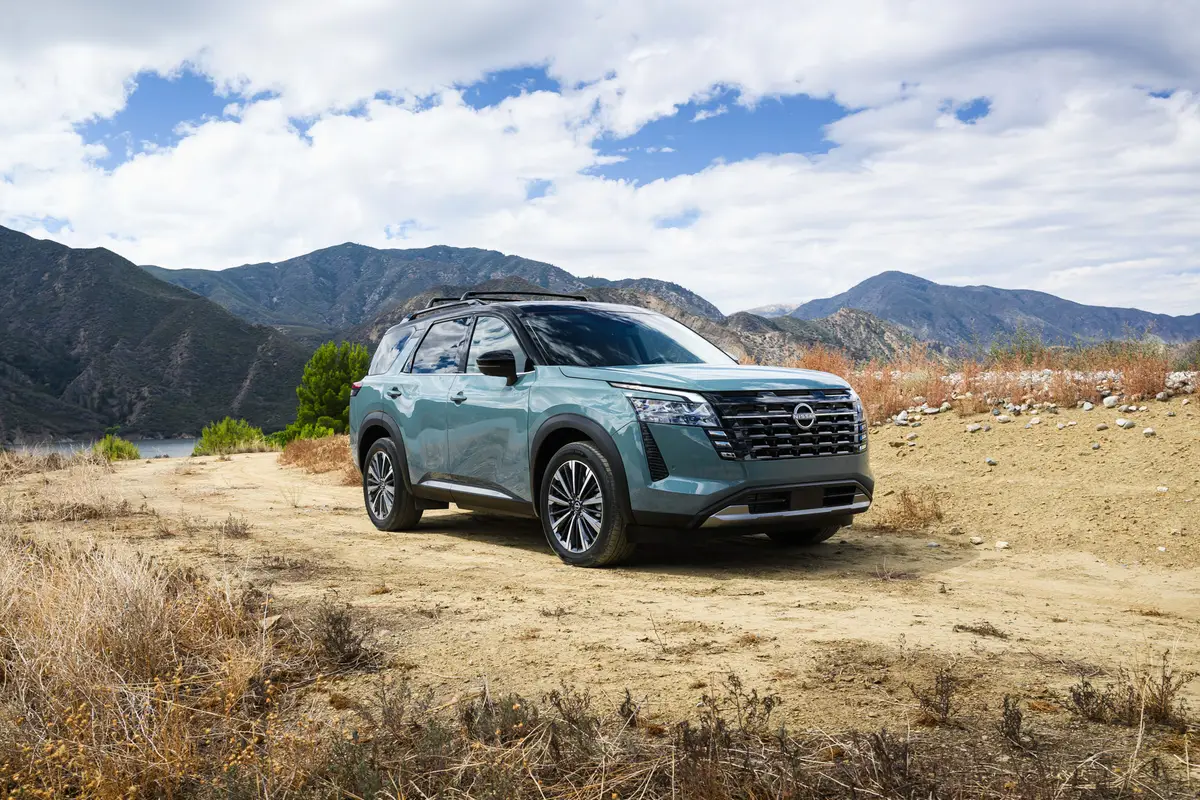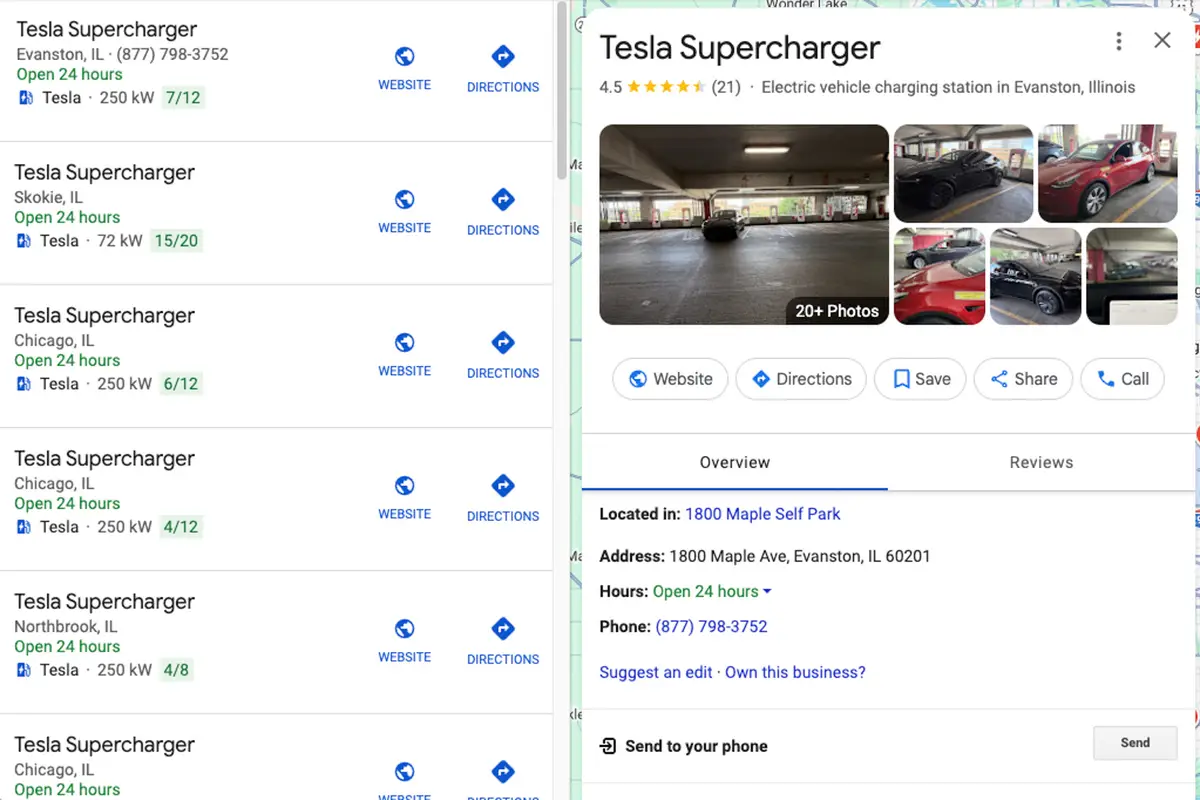washingtonpost.com's view
I’D BEEN living high on the hog — Oldsmobile Aurora, Mercedes-Benz, BMW, fancy stuff. It was a happy circumstance. The glory cars, the “image leaders,” usually come first on new test-car schedules. The bread-and-butter stuff shows up later in the year.
But so much rich metal can warp your mind, skew your judgment. I needed an antidote, and found one in a dusty corner of General Motors Corp.’s Washington garage. It was a 1994 Geo Prizm LSi. Pearl black in color, about 8,000 miles on the odometer. I took it.
Some 700 miles later, I was convinced: If all anyone wants is a small, practical, safe, cute, fun-to-drive car, there’s absolutely no need to spend anything more than the price of a Prizm, new or used.
Buying used might be the smartest idea, anyway. It’s substantially less expensive than buying new; and for the savvy shopper, there are good used bargains aplenty.
Look at the tested Prizm LSi. It’s been driven by several dozen auto writers, many of whom treated it roughly. But it was well-maintained by GM’s technoids.
In a week or so, GM will ship the Prizm LSi to auction, where it’ll be inspected — and fixed, if necessary. It’ll then be sold wholesale to a franchised GM dealer, who will put it on a used-car lot at a price about 30 percent below the original 1994 sticker.
Such cars are called “program cars” in the auto business, because they are part of a program of fleet movements, partly for product evaluation purposes, but mostly in conjunction with fleet sales to businesses, such as rental car companies. Those businesses buy or lease huge numbers of cars from auto makers, run them for about a year, and then sell them back or otherwise return them to the manufacturer, who ships them to auction.
“Program cars” also show up as “demo cars” or “executive cars” in used-car sales. It all amounts to the same thing — an almost-new, already-depreciated car that still has a year or two of the original warranty left and that, like the tested Prizm LSi, could be in pretty good shape.
Background: The Prizm’s history goes back to the mid-1980s, when it appeared as a front-wheel-drive version of the Chevrolet Nova. Then, too, the car shared the same sheet metal and engine with the Toyota Corolla, which was understandable. Both cars were made on the same assembly lines by the same people using the same tools, skills and talents at New United Motor Manufacturing Inc., a joint-venture company operated by GM and Toyota Motor Corp. in Fremont, Calif.
In model year 1990, the body style of the Nova and the Corolla changed — and the Nova’s name changed to Prizm. Corolla’s name remained the same. Why not? People weren’t willing to pay a premium for a Chevrolet. But they were eager to spend extra money for a Toyota, even though they were buying practically identical cars.
Anyway, the Prizm/Corolla is one heck of a little car; and it’s not changing much for 1995. In fa ct, just about all of the “new” things will be cosmetic: four new paint colors, new seat and door trim fabrics, new interior colors, better radios. Mechanical changes include tweakings of the optional 1.8-liter in-line, four-cylinder engine to improve emission control; and a slight reworking of the car’s standard four-wheel independent suspension system for better ride and handling.
Both the used 1994 Prizm I drove and the new 1995 car come with standard dual-front air bags, improved safety belts, power vented front disc brakes/rear drums, five-speed manual overdrive transmission and a 1.6-liter, 16-valve, in-line four-cylinder engine rated 105 horsepower at 5,800 rpm. Maximum torque on the standard engine is 100 foot-pounds (or “pounds-feet,” as the engineers prefer to call it) at 4,800 rpm.
Optional equipment includes a 1.8-liter version of the standard engine rated 115 horsepower at 5,600 rpm, with max torque set at 115 pounds-feet at 2,800 rpm. Anti-lock bra es are also optional, as are three-speed and four-speed automatic transmissions.
Both the 1994 and 1995 Prizms are sold as base and dressed-up LSi models.
Complaints: Tiny gripes. Borderline lousy sound system; also, a gearshift knob that sometimes twisted around on the used Prizm I tested.
Praise: One of the best small cars available. Highly highway competent. Very comfortable. A joy to drive, even after it had been “broken in” by drivers with decidedly different driving styles and skills.
Head-turning quotient: No thrills, no chills. Warm, cute.
Ride, acceleration and handling: All-around small-car excellence. Lots of credit here goes to the 14-inch diameter Goodyear Eagle GA tires. Truly grippy rubber. Very good braking. The test car was equipped with the optional anti-lock system.
Mileage: About 30 to the gallon (13.2-gallon tank, estimated 384-mile range on usable volume of regular unleaded), running mostly highway with one to two occupants and light cargo.
Sound system: AM/FM stereo radio and cassette installed by Toyota. Uncharacteristically bad.
Price: Base price on a new 1994 Prizm LSi sedan with five-speed manual is $11,840. Dealer’s invoice on base 1994 model is $10,916. As new, the tested Prizm LSi would sell for $15,643, including $3,235 in options and a $365 destination charge.
Purse-strings note: You could beat that price by nearly $3,000 by buying a used model. Keep in mind that there will be no significant mechanical or body changes on the 1995 Prizm.
Latest news


15-Year Car Loans Aren’t a Thing, But Americans Are Getting More Comfortable With Long-Loan Terms

